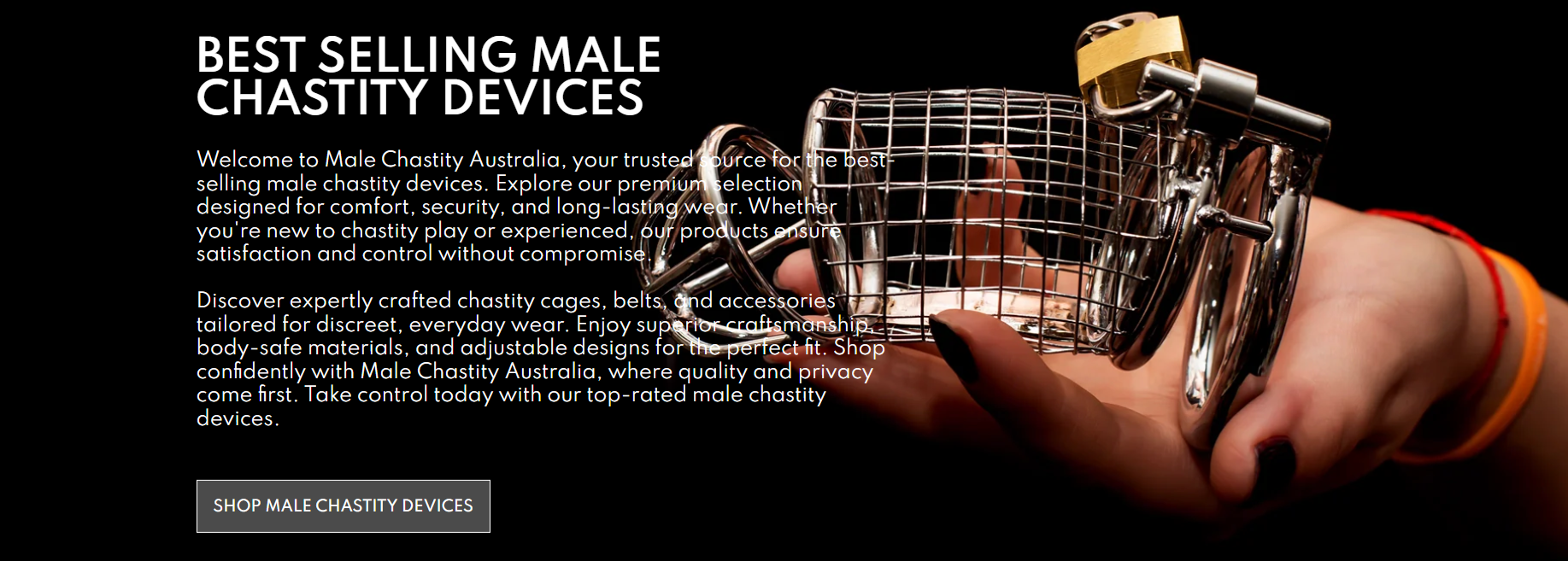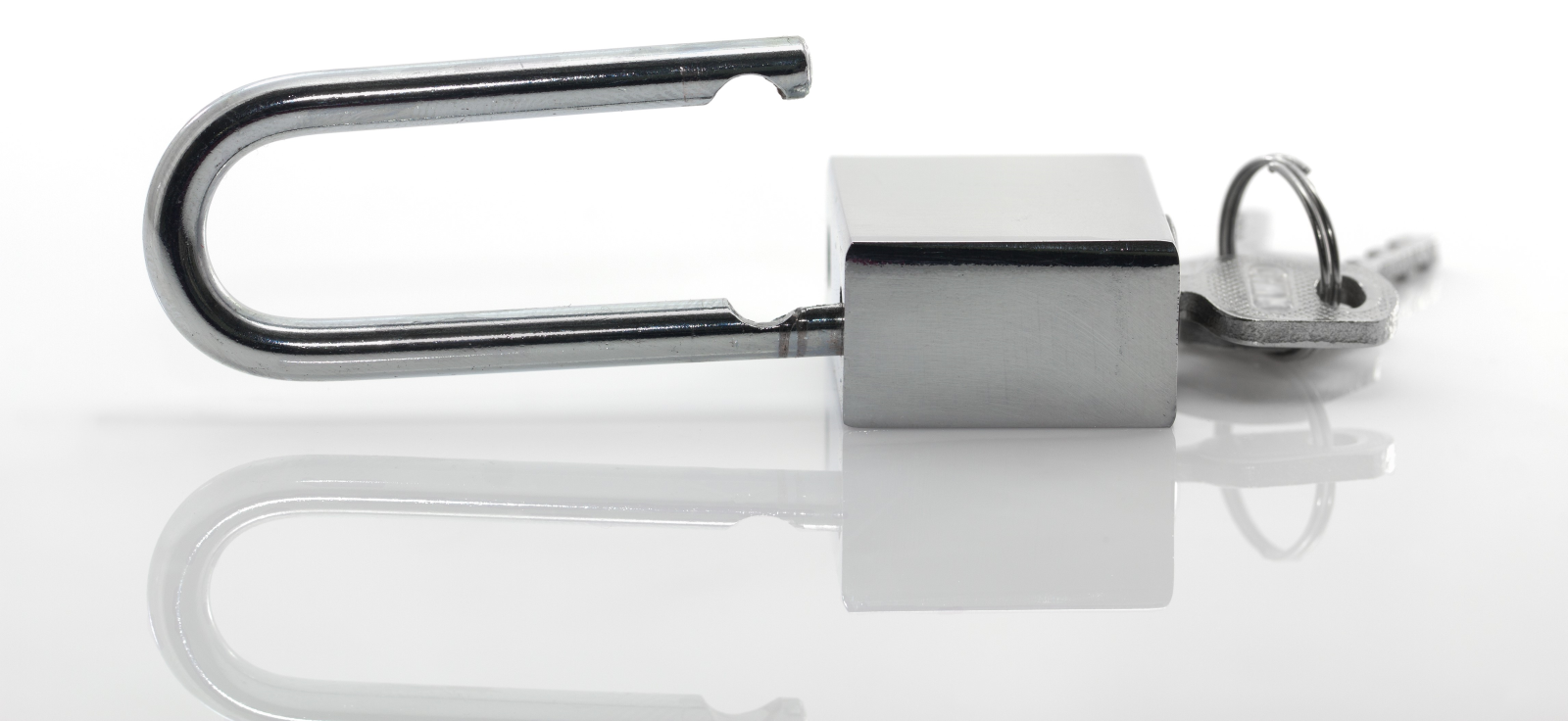Male Chastity In Australia is a concept that has often been misunderstood or cloaked in secrecy but is now becoming part of mainstream conversations. From social media challenges like “Locktober” to lifestyle features in major publications, the idea of men choosing to embrace chastity has sparked intrigue.
But this isn’t just about wearing a device or following a trend—it’s about exploring deeper dynamics in relationships, redefining intimacy, and even reshaping personal boundaries. Whether driven by curiosity or a desire to strengthen trust in a partnership, the rise of male chastity reveals how modern couples are finding new ways to connect.
What Is Male Chastity?
Male chastity involves wearing a device—commonly called a chastity cage—that restricts physical access to the genitals. These devices, made from materials like plastic, metal, or silicone, are locked in place to prevent sexual activity, including masturbation. While this might seem unusual at first glance, male chastity is less about deprivation and more about creating deliberate boundaries, often in the context of a consensual relationship.
For many, chastity is an intimate agreement between partners. Some find that removing physical control over sexual pleasure can strengthen emotional connection, build anticipation, or deepen trust. Others are drawn to the challenge of relinquishing control, viewing chastity as a way to refocus energy or explore new dimensions of their relationship.
Unlike the stereotypes, male chastity isn’t confined to a particular lifestyle or kink. It’s practiced by people from all walks of life—whether they’re looking to enhance intimacy, redefine personal habits, or explore a playful side of their connection.
Historical Context: How Male Chastity Evolved
The concept of male chastity has a surprisingly long history, dating back centuries. While its roots were less consensual than they are today, the evolution of chastity devices reflects changing societal attitudes towards control, intimacy, and sexuality.
In medieval Europe, chastity belts were rumored to be used by knights who wanted to ensure their wives’ fidelity while they were away. However, historical evidence suggests that many of these tales were exaggerated, and actual devices were often crude and symbolic. Fast forward to the Victorian era, male chastity devices appeared in medical settings, primarily as tools to combat the then-widespread belief that masturbation led to mental and physical illness.
Modern male chastity, however, shifts the focus from external enforcement to personal and consensual exploration. The devices have transformed into sleek, adjustable tools that prioritize comfort and hygiene. Instead of repression, they now symbolize mutual agreement, trust, and often an element of playful power dynamics in relationships. This evolution marks a significant departure from chastity’s earlier associations with shame and control, highlighting how people are redefining its purpose in the modern era.
Why Are People Exploring Male Chastity?
The motivations behind male chastity are many. While the reasons can vary, three recurring themes often emerge: emotional connection, psychological fulfillment, and a sense of control—or the lack thereof.
- Strengthening Emotional Intimacy
For couples, male chastity often serves as a tool to deepen trust and communication. Handing over control of something as intimate as sexual access can create a sense of vulnerability, which, paradoxically, fosters closeness. Partners report that the experience encourages open dialogue about boundaries, desires, and expectations, helping to strengthen their emotional bond. - Building Anticipation and Excitement
In an era where instant gratification is the norm, the delayed gratification that comes with chastity can be incredibly powerful. Some individuals describe the heightened anticipation as almost addictive—each moment of restraint makes eventual release more meaningful. For others, the practice helps them reconnect with their partners, rediscovering desire and excitement that might have dulled over time. - Exploring Psychological Power Dynamics
For those interested in power exchange dynamics, chastity introduces a unique element of control and submission. The act of surrendering physical autonomy can be deeply fulfilling for those seeking to challenge traditional roles in their relationship. Conversely, for the keyholder—the partner responsible for holding the device’s key—it can be an empowering and playful form of leadership.
Male chastity isn’t solely about kink or fetish, though it can intersect with those interests. For some, it’s about breaking free from habits or addictions, such as compulsive masturbation, and rediscovering purpose or focus in other areas of life. Whatever the reason, one thing is clear: male chastity is far more nuanced than its surface might suggest.

Types of Male Chastity Devices
Male chastity devices come in a wide variety of designs, materials, and levels of complexity, catering to different preferences and needs. Choosing the right device is a critical step for anyone exploring chastity, whether they’re beginners or experienced users. Let’s break down the most common types and what makes each unique.
1. Materials
- Plastic: Lightweight and discreet, plastic devices are often preferred for beginners or those looking for a comfortable, less intimidating introduction to chastity. Many plastic devices are also TSA-friendly, making them suitable for travel.
- Metal: Durable and secure, metal chastity cages offer a sense of permanence and robustness that appeals to many users. Their sleek, polished designs are both functional and aesthetic, often chosen by those more experienced in chastity.
- Silicone: Flexible and soft, silicone devices are ideal for extended wear. They adapt to the body’s movements, reducing the risk of discomfort or chafing, especially for those engaging in physical activity.
2. Designs
- Closed Cages: These completely enclose the genitals, providing maximum security. They are often favored for short-term play or scenarios where complete denial is the goal.
- Open Cages: Featuring a breathable design, these are better suited for long-term wear. The open structure allows for easier hygiene maintenance and reduces the likelihood of skin irritation.
3. Locking Mechanisms
Some chastity devices use traditional padlocks, while others incorporate more discreet options like integrated locks or numbered plastic seals. The choice often comes down to personal preference and the level of security desired.
Finding the Perfect Fit
Selecting the right device involves understanding your body and intentions. Comfort should always be the priority—an ill-fitting device can lead to physical discomfort or even injury. Start with adjustable options before committing to a specific size or material.
Health and Safety Considerations
While male chastity can be an exciting and rewarding experience, ensuring safety and hygiene is essential.
1. Physical Safety
- Proper Sizing: Choosing a device that fits correctly is crucial. A cage that’s too tight can restrict blood flow, while one that’s too loose may cause chafing or pinching.
- Gradual Introduction: Beginners should start with short periods of wear, gradually increasing duration to allow the body to adjust. Overuse, especially in the beginning, can lead to soreness or discomfort.
- Regular Breaks: Even experienced users should schedule regular check-ins to ensure the skin remains healthy and free from irritation or sores.
2. Hygiene
- Daily Cleaning: Chastity devices must be cleaned thoroughly and regularly to avoid the buildup of bacteria, especially for those opting for long-term wear.
- Breathable Designs: Open cages are ideal for hygiene, allowing for better airflow and easier access for cleaning without needing to remove the device entirely.
- Skin Care: Applying a gentle, unscented moisturizer can help prevent dryness or irritation, particularly in areas where the device makes contact with the skin.
3. Mental Well-Being
Chastity can be an emotionally charged experience, and it’s important to monitor mental health as well as physical. Prolonged periods of denial may lead to frustration or anxiety.
Incorporating Chastity into Relationships
Introducing male chastity into a relationship can feel like stepping into uncharted territory. For many couples, the concept may initially seem intimidating or even strange, but with open communication, it can become a deeply enriching experience.
The key is starting the conversation with honesty and curiosity. Rather than framing it as a demand or a necessity, present the idea as an opportunity to explore something new together. Share why it intrigues you—whether it’s the potential to enhance trust, rekindle intimacy, or simply to experiment with power dynamics in a safe and consensual way.
For many couples, chastity serves as a tool to foster a deeper connection. By handing over control to a partner, both individuals embark on a journey of mutual trust. The keyholder often feels a newfound sense of empowerment, while the wearer experiences the vulnerability and excitement of surrendering control. Over time, this exchange can lead to richer conversations about boundaries, needs, and desires, strengthening the bond between partners.
Like any intimate practice, it’s not a one-size-fits-all solution. Some couples find chastity to be a thrilling addition to their relationship, while others may try it and decide it’s not for them.
Common Misconceptions About Male Chastity
Male chastity often comes with its fair share of myths and misunderstandings, especially from those unfamiliar with the practice. At its core, though, it’s far removed from the sensationalized ideas often portrayed in media or pop culture.
One common misconception is that male chastity is inherently about kink or fetish. While it’s true that chastity is a popular element in BDSM and power exchange dynamics, it’s not limited to those spaces. For many, it’s a personal choice that has nothing to do with dominance or submission. It can be about discipline, personal growth, or even improving communication in a relationship.
Another widespread belief is that wearing a chastity device is uncomfortable or even painful. In reality, modern chastity devices are designed with comfort in mind, allowing for long-term wear without causing harm. Like any new experience, there’s a learning curve, but the idea that it’s inherently unpleasant is simply not true.
Lastly, there’s the assumption that male chastity is only for certain types of people—whether that’s men in non-traditional relationships or those heavily involved in alternative lifestyles. The truth is, chastity appeals to people from all walks of life.
Getting Started with Male Chastity
For those curious about male chastity, the idea of getting started can feel overwhelming. How you approach it will depend on your goals, comfort level, and relationship dynamics.
If you’re new to the concept, start with a conversation—whether it’s with a partner or just yourself. Reflect on why chastity appeals to you. Is it the idea of surrendering control, creating a deeper bond with your partner, or exploring new dimensions of self-discipline? Having a clear sense of your motivation will help guide your next steps.
For couples, this is where open communication becomes essential. Bring up the topic in a relaxed and non-pressured way. Share your thoughts honestly, but also be ready to listen. Not every partner will immediately embrace the idea, and that’s okay. The key is to approach the conversation with patience and a willingness to answer questions or address concerns.
When it comes to the physical aspect, starting small is the best advice. Many newcomers begin with shorter periods of wear, allowing their body to adjust and ensuring the device fits comfortably. It’s important to choose a device that feels secure without being restrictive. Remember, this isn’t about enduring pain or discomfort—it’s about creating a new experience that’s enjoyable and fulfilling.
Finally, be prepared for trial and error. You might need to experiment with different devices, durations, or boundaries before finding what works best. The process itself can be part of the adventure, so embrace it with an open mind and a sense of curiosity.

The Psychological Impact of Chastity
Male chastity isn’t just a physical practice—it’s deeply psychological, often reshaping how individuals think about intimacy, trust, and control. For many, the mental journey is just as significant as the physical experience.
One of the most common psychological effects is a heightened sense of focus. With sexual release off the table, many participants find themselves channeling their energy into other areas of life. Some report increased productivity, deeper emotional connections with their partners, or even a renewed appreciation for small, everyday pleasures.
Chastity can also be a powerful exercise in trust. For wearers, handing over control is an act of vulnerability that requires immense confidence in their partner. For the keyholder, it’s an equally significant responsibility—one that often fosters a deeper sense of connection and care. This shared experience can create a unique bond, built on mutual respect and understanding.
Of course, the psychological impact isn’t always easy. Prolonged periods of denial can bring frustration or impatience, especially for those new to chastity.
The Benefits and Challenges of Male Chastity
Like any meaningful practice, male chastity comes with its own set of rewards and obstacles. For many, the benefits far outweigh the challenges, but it’s important to approach the experience with realistic expectations and a willingness to adapt.
One of the most widely reported benefits is the profound impact on relationships. Many couples say that chastity strengthens their bond, creating an environment of open communication and mutual trust. The act of surrendering control—whether you’re the wearer or the keyholder—often brings couples closer, helping them explore new dimensions of their connection.
Chastity can also reignite passion. By removing instant gratification from the equation, many participants find that their physical and emotional intimacy becomes more intentional and rewarding. There’s a renewed excitement in even the smallest gestures of affection, and the eventual release is often described as more satisfying than before.
Male chastity isn’t without its challenges. For beginners, adjusting to a device can take time. Physical discomfort, even when temporary, can be discouraging. Mentally, chastity requires patience and commitment—qualities that may not come naturally at first.
Ultimately, the key to a successful experience lies in balance. Embracing the highs while learning to navigate the lows ensures that chastity remains a positive and enriching practice.
Male Chastity In Australia
What Do I think?
Male chastity is a deeply personal journey that offers a unique blend of physical, emotional, and psychological exploration. For those willing to explore it, chastity can open doors to greater intimacy, self-discovery, and a deeper bond with their partner. The idea for its playful dynamics, its discipline, or its ability to challenge traditional ideas of control means there’s no one right way to approach it.
As male chastity continues to gain attention, it’s clear that it offers something far more profound than what meets the eye.

Meet Rick, Adultsmart’s owner with 35+ years in the adult industry. A sex blogger, advocate for gender and sexuality equality, offering a diverse product range.








Leave a Reply